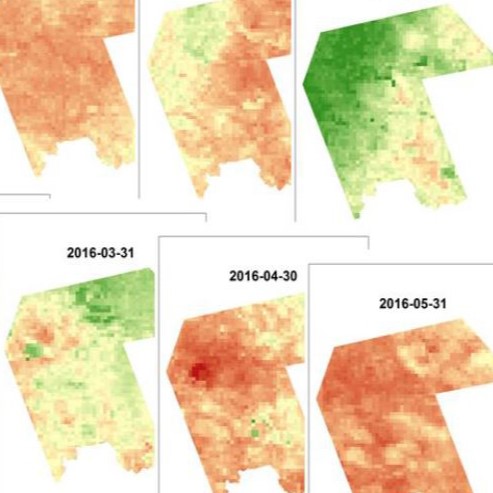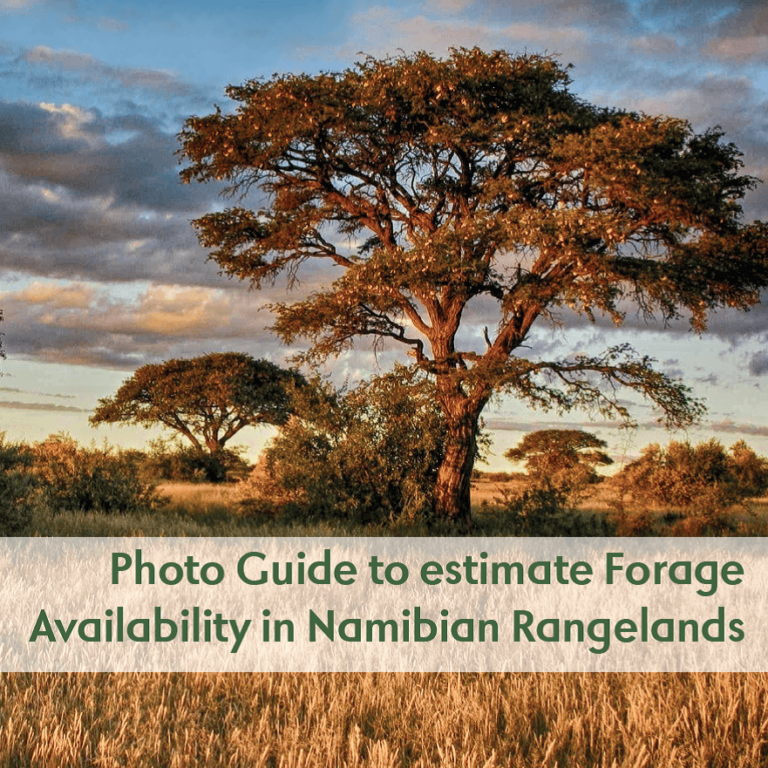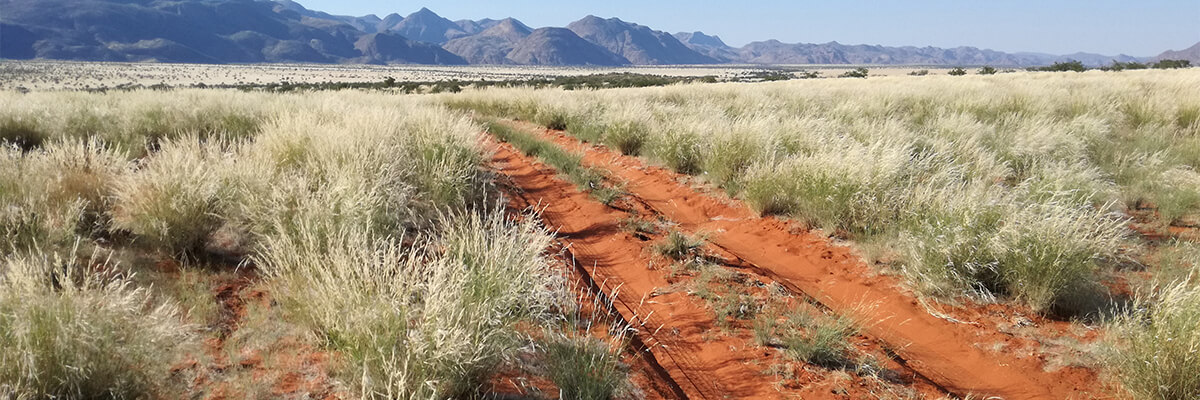
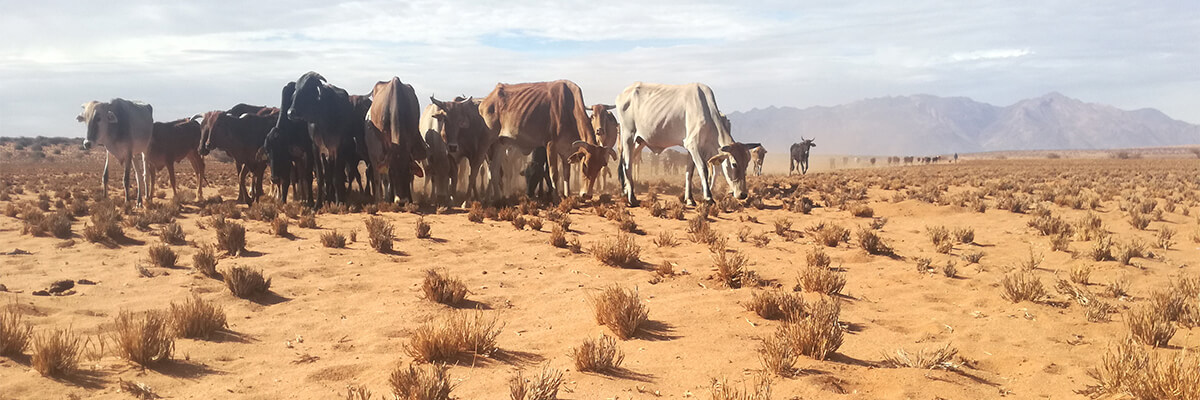
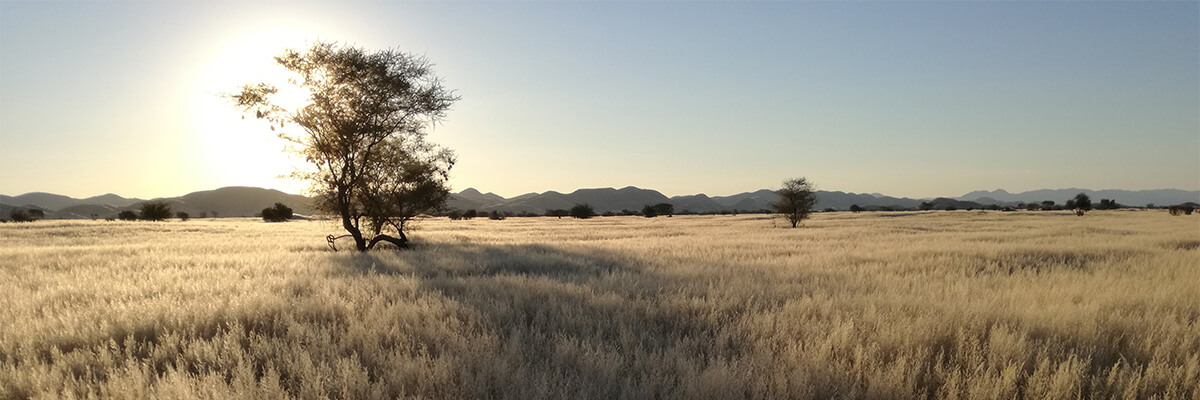
Track
Cows
Tree
Rangeland early warning system for Namibians
Map products
We have a variety of map products that are updated every 10 days during the growing season (October to end May).
Photo guides
Check out our photo guide to estimate forage availability in Namibian Rangelands. Available in six languages.
Testimonials from users of our products
Useful tool
The report can (be) a useful tool in future for range management, however, the challenge would be to close the gap between the rangeland status report with conditions on the ground.
Was baie interessant
Was baie interessant, kon myself baie jammer kry. Sal lekker wees om ons deel ook in blou te sien.
Good job
Good job. Keep it up. Very useful in planning and managing trends.
Thanks for a great service
Thanks for a great service, I found the maps and information very helpful and it correlated well with what was happening on the farm.
The services are quite useful
The services are quite useful. More agricultural related information is highly needed.
Sponsored by

Implemented by Agri-Ecological Services

